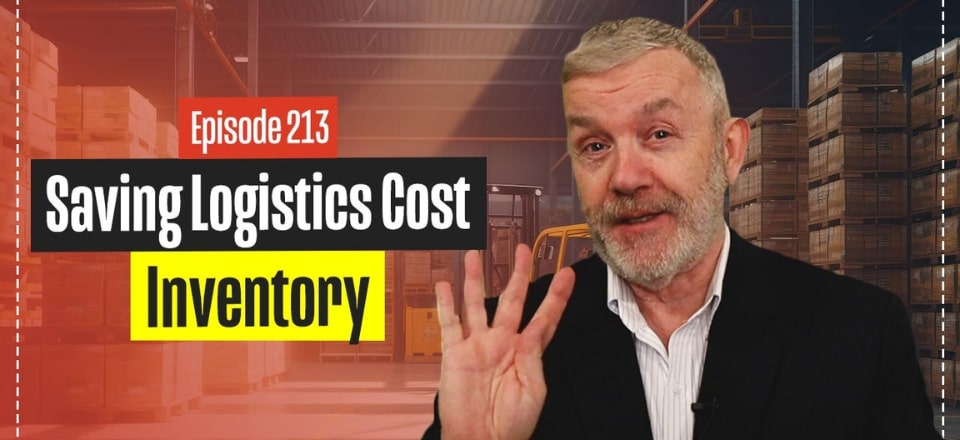Are you focusing on cutting costs in your supply chain and logistics operations, just like we do for our clients and our own business?
Effective inventory management can significantly reduce logistics expenses. Why do so many businesses overlook these fundamental inventory management techniques?
Watch the video below to find out how to lower your inventory costs!
Saving Logistics Costs: Focus on Inventory Management
We’re diving into a series on saving logistics costs, starting with inventory management. This topic is especially relevant now, as many are looking to cut costs. In my role at Logistics Bureau, where we specialize in supply chain logistics, I frequently help clients find ways to reduce these costs. So, let’s break down how you can effectively manage your inventory to save money.
Importance of ABC Analysis
One of the fundamental steps in managing inventory is conducting a proper ABC analysis. Many companies overlook this crucial process. An accurate ABC analysis categorizes inventory into A, B, and C lines based on their value and sales velocity. Typically, A items, which are the highest value, account for about 80% of the cost with only 20% of the stock keeping units (SKUs). B items represent roughly 15% of the cost and 30% of the SKUs, while C items make up the remaining 5% of the cost with 50% of the SKUs. Understanding these categories helps in managing inventory effectively. Be cautious of a long tail of SKUs, which can indicate slow-moving products that might not be necessary.
Managing Product Life Cycles
Another critical aspect is life cycle management. You might have heard of SLOB stock—Slow and Obsolete stock. It’s important to identify and manage slow-moving, obsolete, and excess stock, collectively known as SLOBEX. Assess how products are introduced, replaced, and discontinued to avoid accumulating excess inventory. Proper life cycle management helps in reducing unnecessary stock and improving overall efficiency.
Optimizing the Distribution Network
Your distribution network is also key to inventory management. Analyze how inventory is spread across your warehouses. A common issue is inventory being distributed inefficiently, causing products to crisscross the country and leading to higher transportation costs and lost sales. Determine the most effective way to deploy inventory—whether through full range distribution centers or a more centralized approach. Proper inventory deployment reduces unnecessary transport costs and prevents stock shortages or overstock situations.
Reviewing Minimum Order Quantities
Lastly, consider your minimum order quantities (MOQs). Many companies focus on securing the lowest unit cost without evaluating the total cost of ownership. Ordering large quantities may seem cost-effective but can lead to high holding costs and slow returns on investment. Instead, buying smaller quantities more frequently might slightly increase unit costs but will lead to better inventory turnover and improved financial returns.
Make sure to watch the full video to get the full details on this topic.
Related articles on this topic have appeared throughout our website, check them out:
- 9 Barriers to Optimal Inventory and How to Break them Down
- 3 Common Inventory Management ‘Sins’—And How to Avoid Them
- How to Fix Your MRO Inventory Squirrel Problem?
- Don’t Let Inventory Levels Bloat Your Working Capital
- Inventory Optimisation: How Much Stock is Right for Your Company?
Editor’s Note: The content of this post was originally published on Logistics Bureau’s website dated October 18, 2023 under the title “Saving Logistics Costs – Inventory“.


